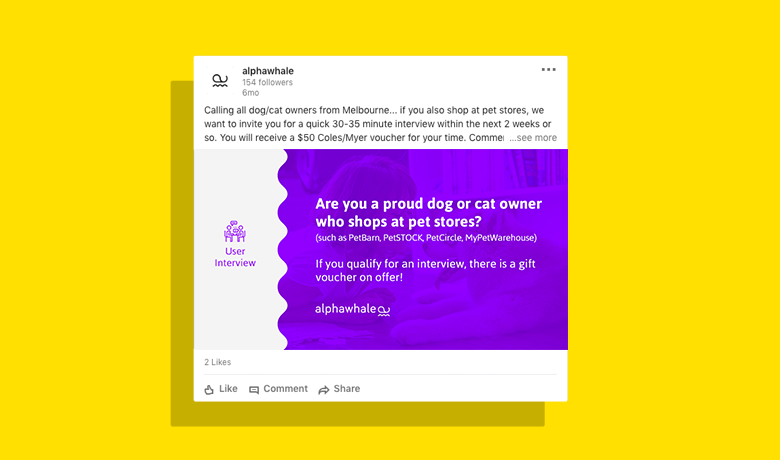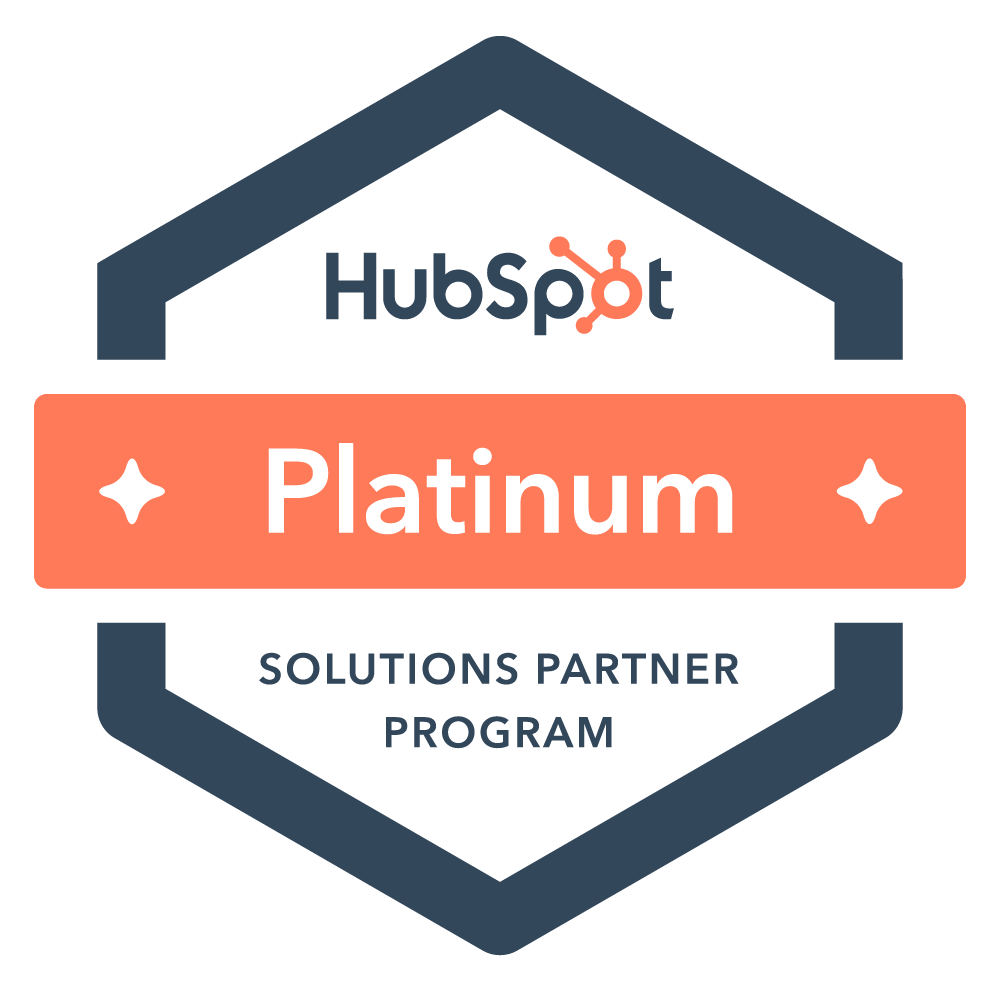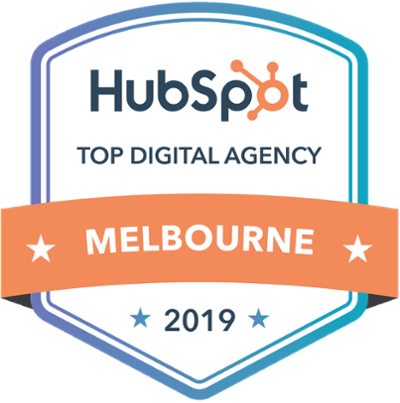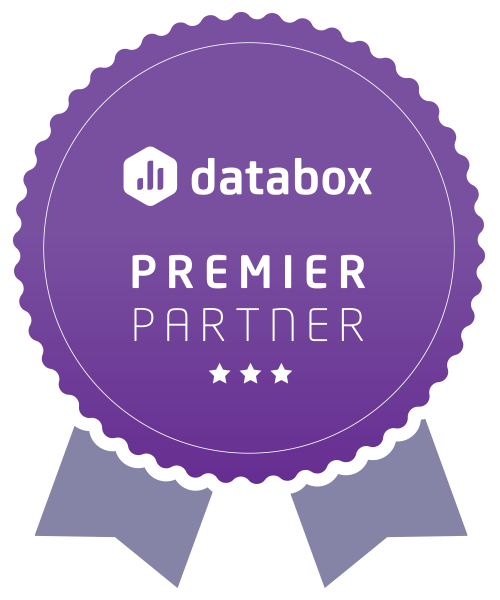Every business wants to know exactly who their ideal customers are.
After all, there’s no better feeling than being able to reach the right person, with the right message, at the right time and place so that your marketing dollars don’t get wasted. Likewise, you want to know that your product/service is meeting the needs of your customers.
But building up a profile of your ideal customer - aka your buyer persona - and learning what they want can’t just happen overnight or from guesswork.
If you want your buyer personas to represent the traits, pain points and challenges faced by your customers: you need to talk to your customers!
Cue user interviews for market research - the most powerful way to build a strong, accurate sense of who your customers are, and what they want.
To get interview results that actually meet the needs of your business, here’s everything you need to know about planning for them:
1: Set the right goal for your research.
Without setting clear research goals first, your interview results won’t end up meaning much.
Don’t know how to begin setting research goals? Here are some prompts:
-
What are some current problems your business is experiencing?
-
Why are you conducting this research?
-
What exactly do you hope to learn from the research?
-
How will those learnings help or impact your business?
-
Are there any issues or potential blockers that you need to be prepared for?
-
Finally, are your research goals relevant to your business objectives?
By setting your goals as early on as possible, you will always be able to refer back to them to discern whether the research is staying true to the original goals.
2. Find the right segment and interviewees for your business.
Now that you’ve got clear research goals in sight; it’s time to start creating a list of people who meet the criteria of your ideal customer.
The best place to start looking? Your Google Analytics account.
Your Google Analytics account contains a whole heap of information that will help you learn more about your target audience. In your GA account, you can find demographic and basic psychographic information like:
-
Age group
-
Gender
-
Location
-
Affinity categories (basically their browsing habits outside of your website)
-
Other on-site browsing habits like number of pages visited or most common device used to browse.
From this you’ll be able to narrow down a list of who you’ll need to interview to make your research a success.
Sourcing and screening your interviewees
Once your segment is clear, create a screening criteria to make sure that you only end up with qualified interviewees. After that, it’s time to get the word out about your interviews. Qualitative research typically requires a minimum of 4-7 interviews per persona, so make sure you are attracting a decent amount of candidates to screen.
Here’s a step-by-step look at sourcing and confirming interviewees:
-
Put some recruiting posts with your screening criteria on social media - Facebook, LinkedIn and wherever else you’re active. Take for instance the one alphawhale used for our client:

-
Out of those who respond or show interest, send them a screening form or give them a quick call to confirm they qualify.
-
Book in a time with those who qualify (always book an extra 2 more people than required)
-
Send them an agreement form with interview details to sign.
-
Give them a call the day before the interview to remind them about attending.
3: Prepare interview questions to get the outcome you want.
Your interview questions should always relate back to the goals you defined - on top of that, these questions are there to uncover your customer’s behaviours, goals, pain points/challenges and overall needs.
Aside from getting more details about their age, location or occupation etc. Here are some examples of great interview questions that can help you truly understand your customers:
-
What are some of your goals when browsing for (product/service)?
-
What are your favourite places or channels to research (product/service)?
-
When you purchased (product/service), what was your experience like?
-
What are your expectations after purchasing (product/service)?
-
Tell me about a time when you bought a similar (product/service). How did you feel?
On the flipside, make sure that you avoid asking interview questions that are:
-
Too personal - i.e. “Why did you lose your job?”
-
Leading the interviewee - i.e. “What do you love about our brand?”
-
Too close-ended - i.e. “Do you like this brand?”
Remember: whatever interview questions you may choose, know this: the answers should tell you a comprehensive story about your customer and give you the "why" behind what they do!
If you want to know more about constructing a buyer persona after the interview, don't forget to check out our free guide below:





